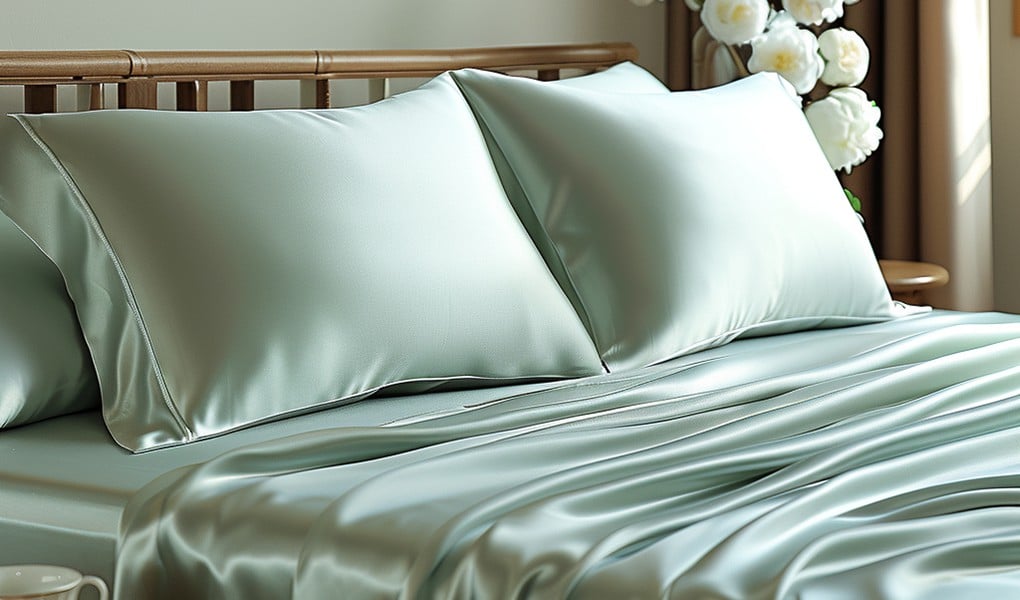Silk, as an ancient and elegant textile, has long been regarded as a symbol of luxury and sophistication. Its unique luster, soft touch, and delicate texture make silk an indispensable element in the fashion industry and textile world. However, to understand the quality and value of silk, it is essential to grasp the silk grading standards applied to it.
Origin and History of Silk
The history of silk can be traced back to ancient China around 2700 BCE, reportedly discovered during the reign of the Yellow Emperor. With the opening of the Silk Road, silk gradually spread to other regions, becoming a coveted commodity in international trade. Throughout history, silk has been a symbol of nobility and elegance, used in various fields such as clothing, home furnishings, and art.
Production and Processing of Silk
The production of high-quality silk involves a series of complex processes. Firstly, silk threads are extracted from cocoons in a process known as reeling. Subsequently, the threads undergo multiple washes, bleaching, and weaving processes to produce silk fabric. During these processes, the quality of the silk threads, weave density, and subsequent processing techniques all affect the final quality of silk.
Silk Grading Standards
The quality of silk is typically assessed through a series of grading standards, including criteria such as thread fineness, luster, texture, color, and strength. Here are some common silk grading standards:
- Grade A: Grade A silk is among the highest quality silk, characterized by excellent texture, luster, and color. It features fine silk threads, soft and smooth texture, and vibrant colors, with high durability and strength.
- Grade B: Grade B silk slightly lags behind Grade A in quality but still maintains good standards. The silk threads may be slightly thicker, and the texture and color may be slightly inferior to Grade A but still fall within the high-quality category.
- Grade C: Grade C silk represents a lower tier of silk products, usually more economical in price. The silk threads may be coarser, and the texture and color may not match the standards of Grade A and Grade B, yet it still offers a certain level of comfort and durability.
Additionally, within each grade, further subdivisions such as 2A, 3A, 4A, 5A, etc., represent varying levels of quality within the same grade category.

The Special Status of Grade 6A Silk
Within the Grade A category, Grade 6A silk is considered the highest quality. It is one of the top-grade silk varieties, typically made from the finest silk cocoons. Grade 6A silk features extremely fine threads, soft and smooth texture, vibrant colors, and bright luster, making it the pinnacle of silk products often used in high-end clothing and luxury silk bedding sets.
Identifying High-Quality Silk
- Touch Test: Run your hand over the silk surface; premium silk should feel soft and smooth, with a uniformly fine texture.
- Light Test: Place the silk under light and observe its luster and translucency. High-quality silk should reflect uniform, bright luster.
- Stretch Test: Gently stretch a small section of silk and observe its resilience. Premium silk should have some elasticity and resilience, resistant to breakage.
- Detail Inspection: Examine the silk surface for flaws, impurities, or visible defects. High-quality silk typically undergoes meticulous processing, resulting in a smooth, flawless surface.
Conclusion
Understanding silk grading standards helps consumers make informed choices when selecting high-quality silk products. By observing criteria such as thread fineness, luster, texture, color, and strength, one can distinguish superior silk and enjoy the comfort and elegance it brings. Silk, as a traditional and elegant textile, continues to influence people’s lives and fashion with its unique charm.

